The advent of the iPod changed Apple as well as disrupted the traditional recording industry.

Apple also grew rapidly as a technology company as a result, and the traditional recording industry was eventually replaced by digital music.
In 2004, Apple created a series of "Silhouette" commercials for the burgeoning iPod.

Whether it's a dynamic TV commercial or a traditional outdoor ad, the format is much the same, with silhouetted characters dancing against a colorful backdrop and only two subjects being highlighted.
White iPod and white headphones.
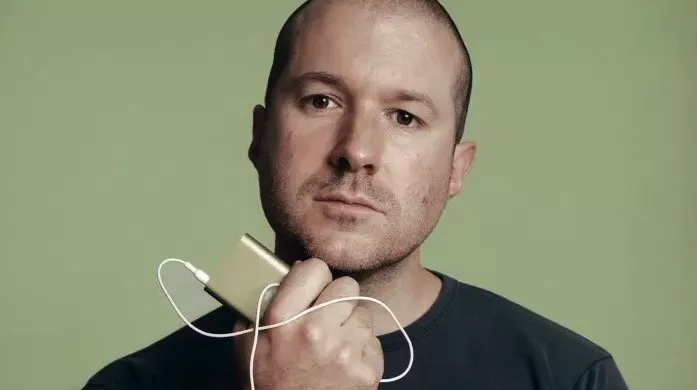
In Jony Ive's recollections, most consumer electronics were arbitrary in their materials and design, and the iPod was conceived with the intention of counting the headphones and the body as a whole, using the same design language.
This unique design quickly made the iPod an "icon" to be remembered without the need for a giant logo and company name on the product. From a distance, the white headphones and white body are the iPod.
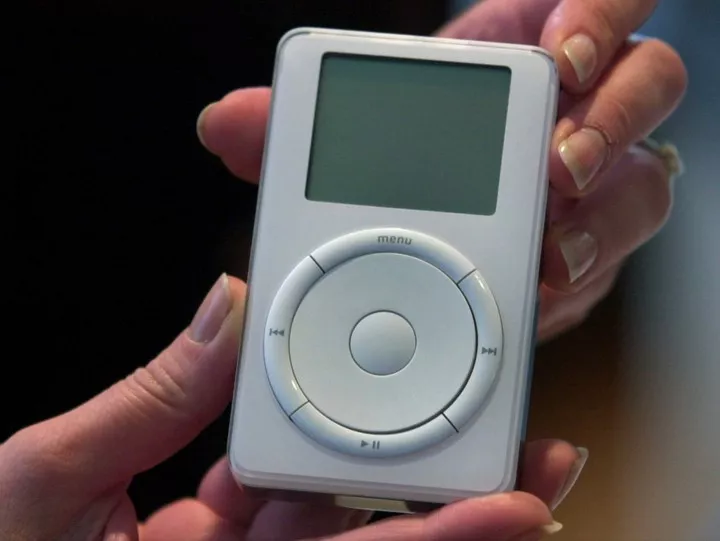
In May of this year, Apple announced that it was officially discontinuing its iPod product line, bringing an end to an era.
But the iPod + iTunes way of listening to music has been replaced by iPhone + Apple Music, and in a way, the road to "disrupting" the traditional way of listening that started with the iPod hasn't stopped.

The white wired headphones, which used to be an icon, have likewise been replaced by the AirPods, introduced in 2016, as Apple's new street icon.
Similar to most of Apple's products with the 'disruptive' tag, AirPods have suffered a lot of criticism after their launch.

▲ Meme that mimics the Silhouette ad Image from: tbs
Mostly centered around the 'weird' form factor, high price tag, audible sound quality, and weak battery life.
The final market feedback, like the first generation iPhone, completely set off a wave of real wireless headphones, and revitalized the real wireless headphone market by itself.

Today, AirPods have become almost synonymous with TWS and have a considerable hold on them.
Unlike smartphones, AirPods feature a one-piece enclosed design with very low serviceability. With frequent use and charging and discharging, the batteries in the headphones and case are highly susceptible to deterioration, rendering them unusable.

Apple does not offer repairs for AirPods, but rather replacements instead. Even within some private repair facilities, the AirPods headphones body can be extended by replacing the battery, but for the tightly-fitted charging case, it can only be replaced in its entirety.
Six years after the release of the original AirPods, there are a significant number of AirPods in need of repair, and even if they were upgraded or replaced, they would create a significant amount of electronic waste.
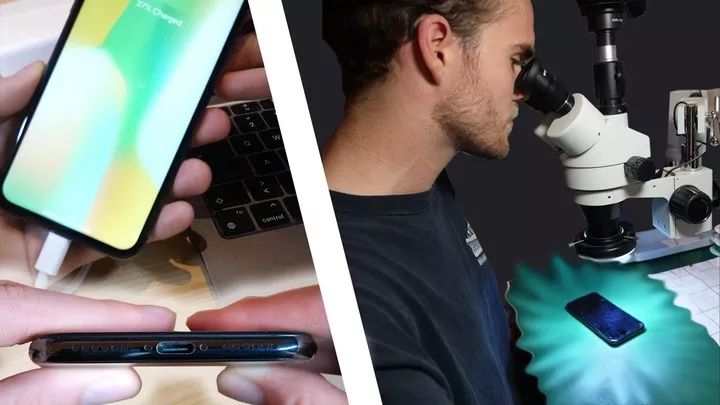
Ken Pillonel, who once replaced the Lightning connector with a USB-C connector on an iPhone X, explored a solution for the non-repairability of AirPods when he modified them (or changed the connector).
After revamping the iPhone, Ken Pillonel took to his blog to tease that the next target of the revamp would be AirPods.
It's just that the time span is a bit long.

Only after a gap of eight months did Ken announce the progress and results of the project to the public. Interestingly, he gave the project the somewhat ironic name of 'AirPods Dirty Secret'.
With such naming, it's actually an allusion to the fact that Apple isn't doing enough for the environment, and that the environment has to give way in the face of profit.
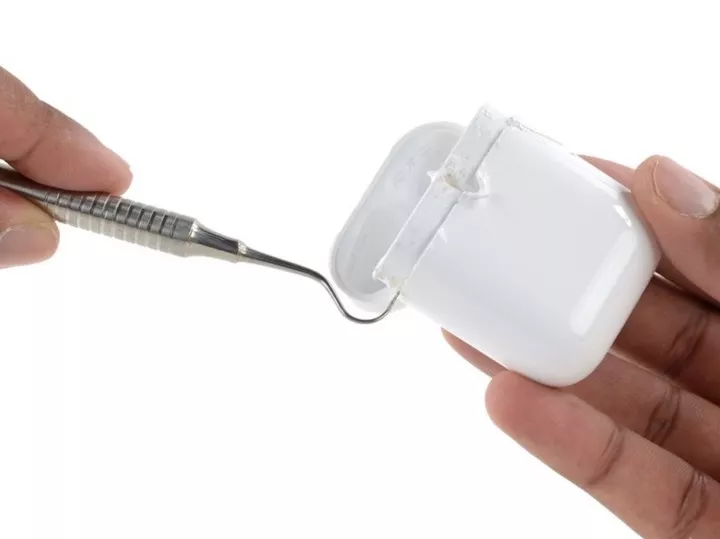
▲ Rarely do you see spoiler disassembly in iFixit Image from: iFixit
To replace the USB-C port for AirPods, you first have to disassemble the charging case perfectly, except that Apple didn't make a redundant design for AirPods for the sake of 'unity', and to disassemble it, you have to break it down destructively.
Not only Ken, but also iFixit, a well-known teardown repair facility, has failed to find a perfect way to remove the AirPods charging case and gave the AirPods a 0 out of 10 rating for serviceability.

The iPhone, on the other hand, is almost always around a 6, which is not a bad score in the iFixit product library, relatively speaking.
The aforementioned, nearly unrepairable AirPods charging case will essentially be abandoned after two years, becoming high-risk electronic waste with its own lithium battery.
To that end, Ken is replacing the USB-C port while also considering ways to make the AirPods more repairable.
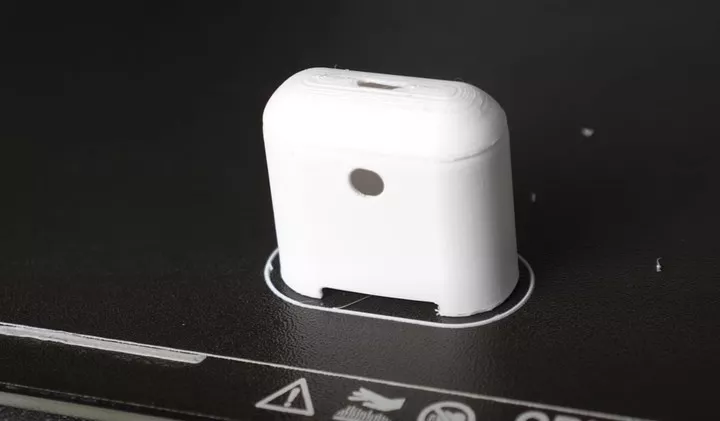
He first made a rough case using a 3D printer to gather data on the corresponding case to get as close to Apple's design and materials as possible.
Ultimately, Ken designed a custom flexible PCB, also using 3D printing, to reconfigure the housing of the AirPods charging case.
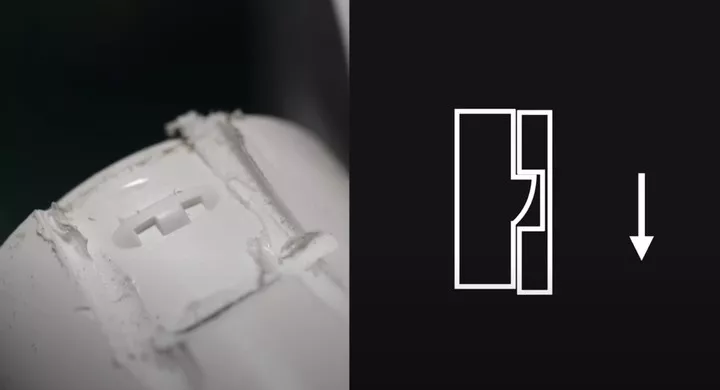
Unlike the disposable design of the original, Ken has made a snap on housing to facilitate subsequent replacement of internal components.
In the interface section, the PCB charging module for the USB-C interface can also be relatively similar in size to Lightning as it does not involve exchanging data.
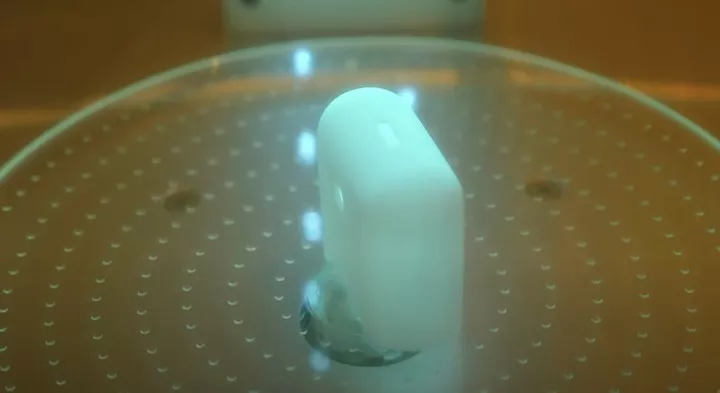
After mapping the pins on the AirPods' motherboard to the USB-C, Ken was almost done replacing the connector.
Among the videos he released, replacing the USB-C port only takes up a small part of the video, with more really revolving around how to reconfigure the charging case for the AirPods.
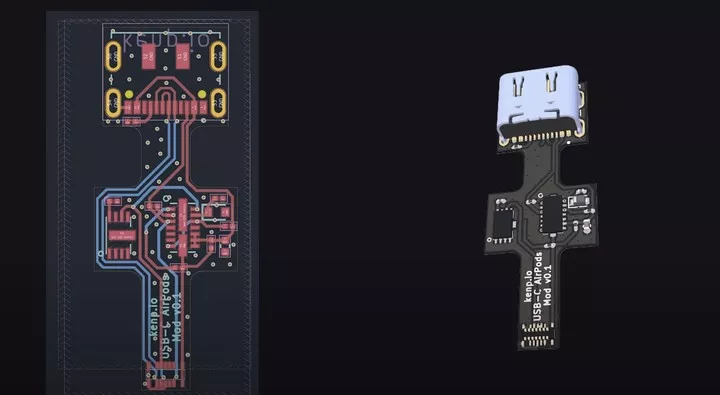
In addition to the motherboard and LiPo battery, Ken's project pretty much redesigned the AirPods charging case with a removable design for the motherboard fixing, and USB-C PCB circuit board.
To just make AirPods easily repairable, rather than a whole replacement.
Likewise, similar to his iPhone X project, he has open sourced the PCB schematics and CAD files for the case on GitHub.
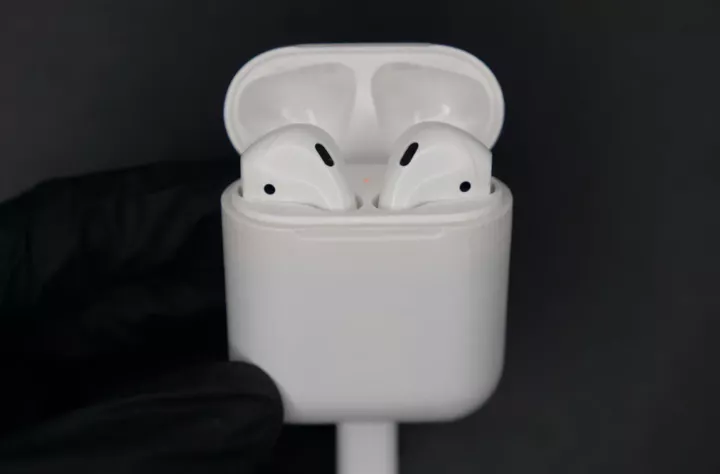
And in the video, it says that everyone can use this data to complete a reconstruction of the AirPods.
Of course, what he fails to mention is that even with the raw data, we still need a billion dots of hands-on ability.
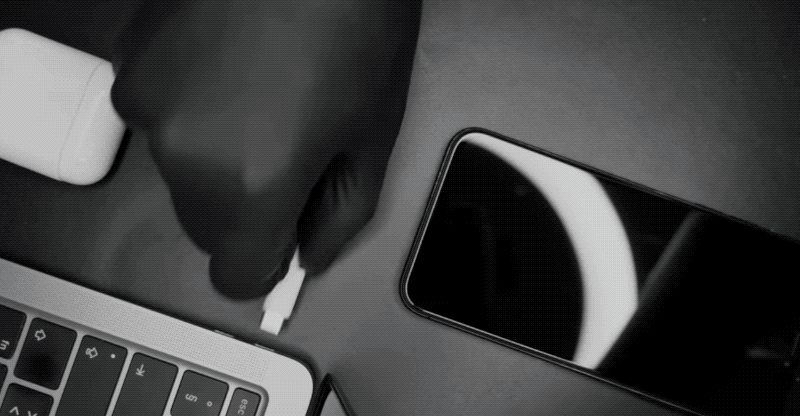
Ken also offers his musings in the video, as he is simply an engineering and robotics student studying to make the AirPods repairable with just a simple idea.
This move may help many AirPods users simply replace components, reducing throwaways, reducing electronic waste, and ultimately being environmentally friendly.

The AirPods replacement port project is also no longer just about USB-C having better versatility, but rises to a sustainable repairable design.
Apple, which has been committed to promoting its considerable efforts to be environmentally friendly, has become increasingly integrated and non-repairable in the design of many of its products, and Ken believes that these 'disposable' product ideas run counter to Apple's original intent of being environmentally friendly.

As is the case for AirPods, Apple does not have a repair plan or recall program for them.
In addition, the EU IMCO agency has introduced laws and regulations requiring Apple to move to USB-C in AirPods and iPhones by the end of 2024.
It also means that Apple will have to switch from Lightning to USB-C on the iPhone by the fall of 2024 if it wants to continue shipping in the EU.

▲ Ken Pillonel Photo from: YouTube
In this way, older devices based on the Lightning interface may be rendered obsolete without subsequent upgrades, leading to the abandonment of older devices and also to environmental problems.
It's true that many consumer electronics have introduced integrated design for the sake of design sense, but are increasingly neglecting serviceability, and it's better to turn your head towards good product sustainability and design as opposed to making a big deal about progress in the environmental cause.
Making electronics have a longer lifespan and a certain recycling program is perhaps the most important "environmental protection" that cannot be ignored.